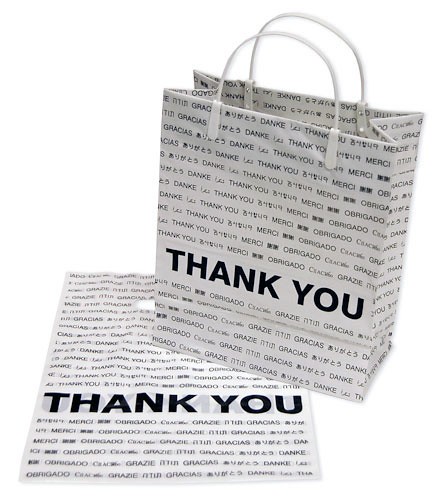When you host an event, you want people to attend, right? If you don’t think so, just ignore this post.
So, how do you get people to attend your event? It may seem self evident, but many organizations do not follow these promotional tips:
0) Before you start, be sure to have all the following info for inclusion: title and purpose of event, date of event, hours of event, exact location and directions to event, cost, contact information, whether you need to RSVP or not (and who the RSVP contact is). You would be surprised at how many invitations miss some of this critical data.
1) Invite people. Be sure to send out an invitation to all members, interested parties, people who have attended your events in the past, etc.
2) Post the event on your website or blog or both. Ask a third party to check and see if you have included all necessary information.
3) Send a calendar item listing to your local newspaper, event aggregator, tv station.
4) Include in your newsletter. If it is an annual event, add to your signature line on email and include on all communications, internal and external.
5) Remind people. There are many events competing for people’s attendance, so be sure to send reminders. This is where social media like Twitter could be useful.
6) Create an event page on Facebook or other social media sites.
7) To be really efficient, you may want to use an electronic event management database to help you to keep track of attendees, send out invites and take RSVPs. Two that come to mind are CVent and EventBrite.
A note about timing: You want to give people enough time to plan to attend, but not too much time so that they may forget about the event. Perhaps you can invite three to four weeks in advance, and remind people two weeks and one week before the event.
Again, the most important thing about publicizing an event is to provide all the information somebody would need to attend the event. Don’t take this for granted. I can’t tell you how many events I have seen listed that lack basic info such as DATE!
If I have overlooked anything, please remind me in the comments!












Deborah Brody writes and edits anything related to marketing communications. Most blog posts are written under the influence of caffeine.







































